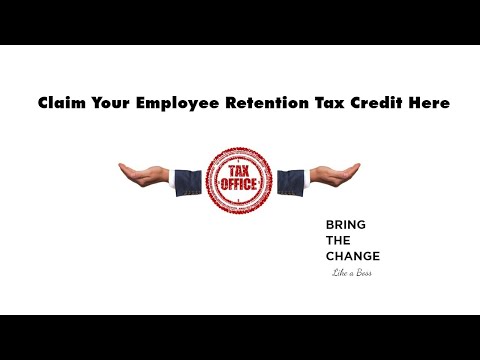The tax credit for employee retention is a great instrument for companies to help them retain their employees during difficult economic times. In the Coronavirus Aid, Relief created this tax credit that can be refunded along with the Economic Security (CARES) Act in 2020 . It was designed for employers to ensure that they keep their employees on the payroll, regardless of the financial strains caused by the COVID-19 virus. The tax credit for retention for employees is available to companies of all sizes, including the self-employed and those who employ less than 500 people.
The employee retention tax credit gives tax credits that are refundable that can be at least 50% the wages paid by an employer that is eligible to employees in the time beginning the 12th of March, 2020, until December 31 2021. The maximum amount of the credit is $5,000 per employee in a year. Credit is available any employer, regardless of whether they've had to endure a total or temporary suspension their business operations as a result of the COVID-19 pandemic.
The aim of this article is to give an explanation of employee retention tax credit and what employers must be aware of in order to be able to make the most of it. We will cover eligibility criteria, how the credit operates, and the best way to claim the credit. We will also offer tips for employers about how to maximize their employee retention tax credit.
In conclusion, the retention tax credit can be an invaluable instrument for employers to help keep their employees employed during tough economic times. The credit is available to businesses of all sizes and offers a tax credit for up to 50 percent of the wages that an eligible employer pay its employees. Employers should take the time to be aware of the requirements for eligibility and the way in which the credit is applied and how they can claim it in order to maximize their tax credit for employee retention. Through the use of this tax credit, employers will aid in ensuring their company's financial stability as well as the employment of their employees.
In addition, employers should consult with their tax advisors to ensure that they're taking full advantage of the retention tax credit, as well as other relief programs. This CARES Act provides a number of relief programs to go along with the tax credit for employee retention, such as Paycheck Protection Program, Paycheck Protection Program and Economic Injury Disaster Loans. By making use of all relief programs that are available employers can ensure the financial stability of their companies and their employees' continued work.

















